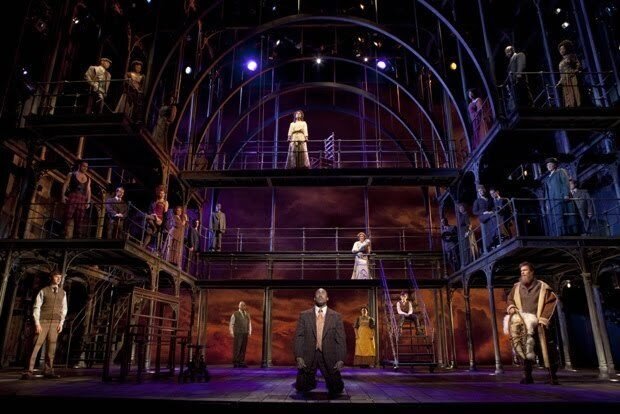SalvatoreDelorean
Member
My college just got its hands on a bunch of HMI fixtures (mainly ARRI Studio Fresnels and Selecon Pacifics), and I was thinking about using a bunch of them for an upcoming production of The 39 Steps I'm lighting in a few months. I don't know much about HMIs, but the director really wants to emulate the look of film noir and old cinema (The 39 Steps is adapted from a Hitchcock movie), so I figured using the Arris, which are film/studio lights, would make sense to some degree. However, I don't have much knowledge of HMI sources/Arc lights, and I'm curious how the design process is different when using them in place or alongside tungsten fixtures. I've heard them described as complex, and drastically different than working with tungstens, but I'm a little confused as to how that's the case. I know they produce a cooler, whiter color temperature that's closer to daylight, I know they're a lot brighter and that they use mechanical dimming, but I'm curious how that translates into making design decisions when coming up with a plot or cueing a show. Why would a designer choose to use HMIs over tungstens? Why are they used in opera so much?




